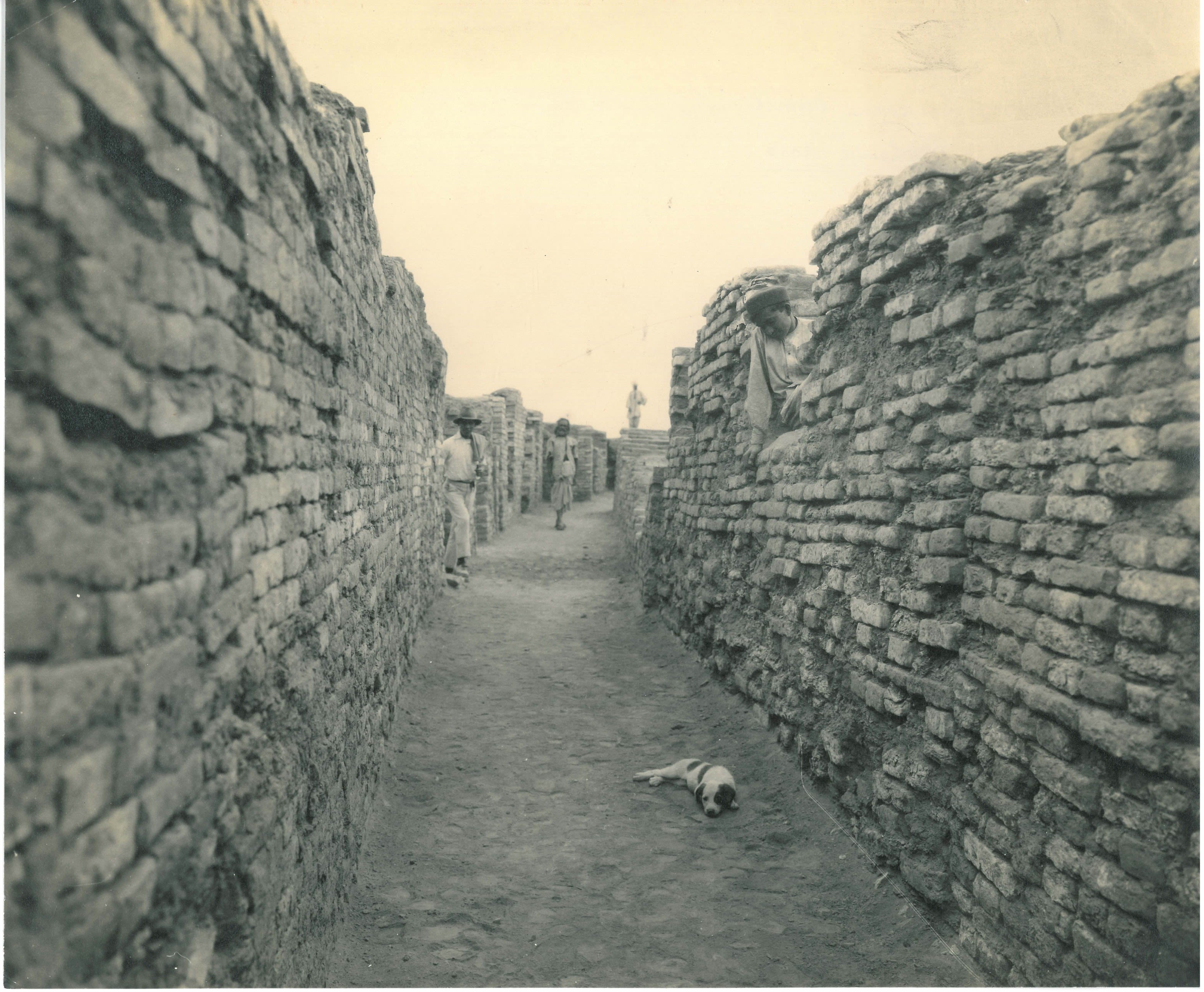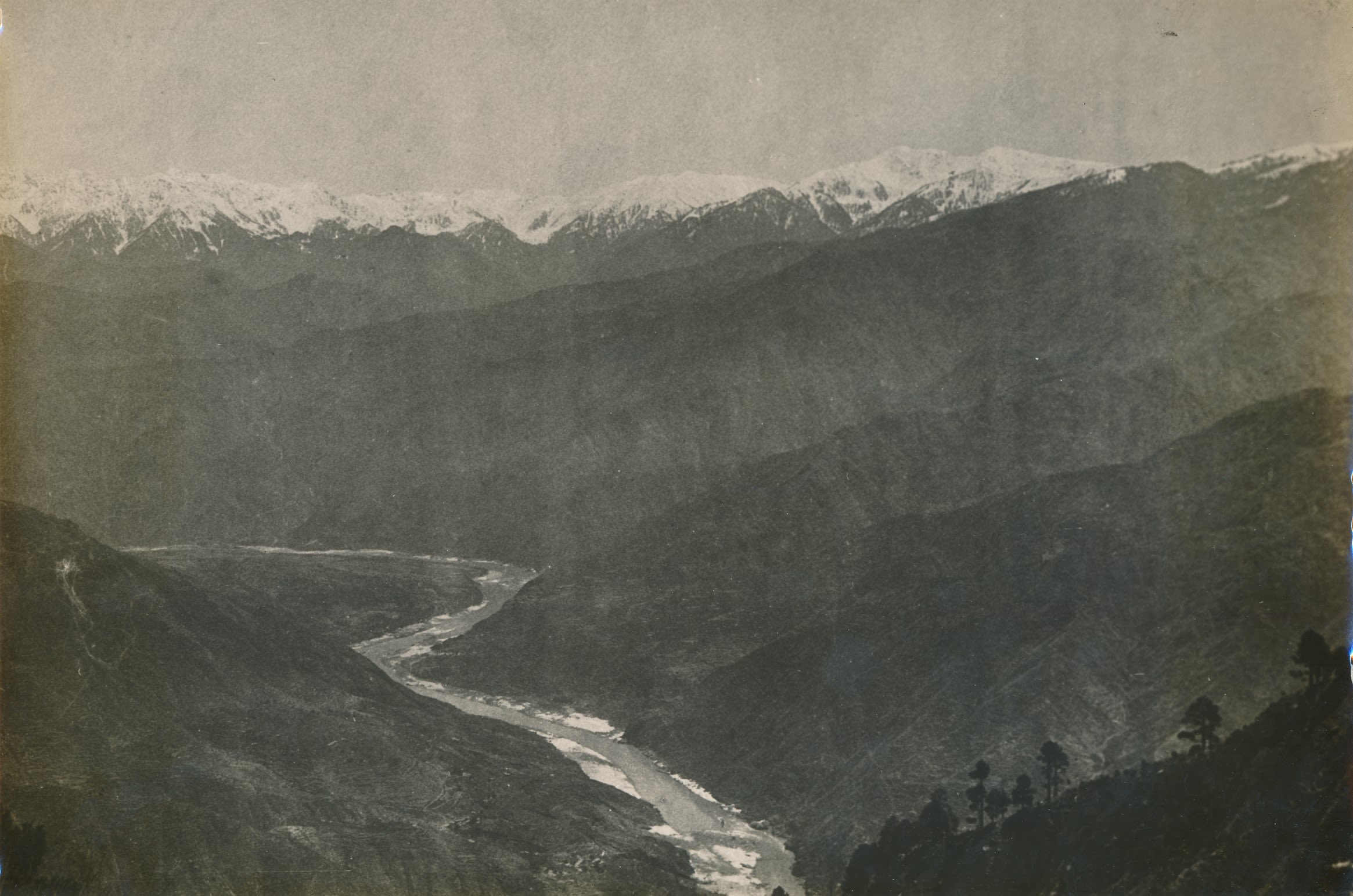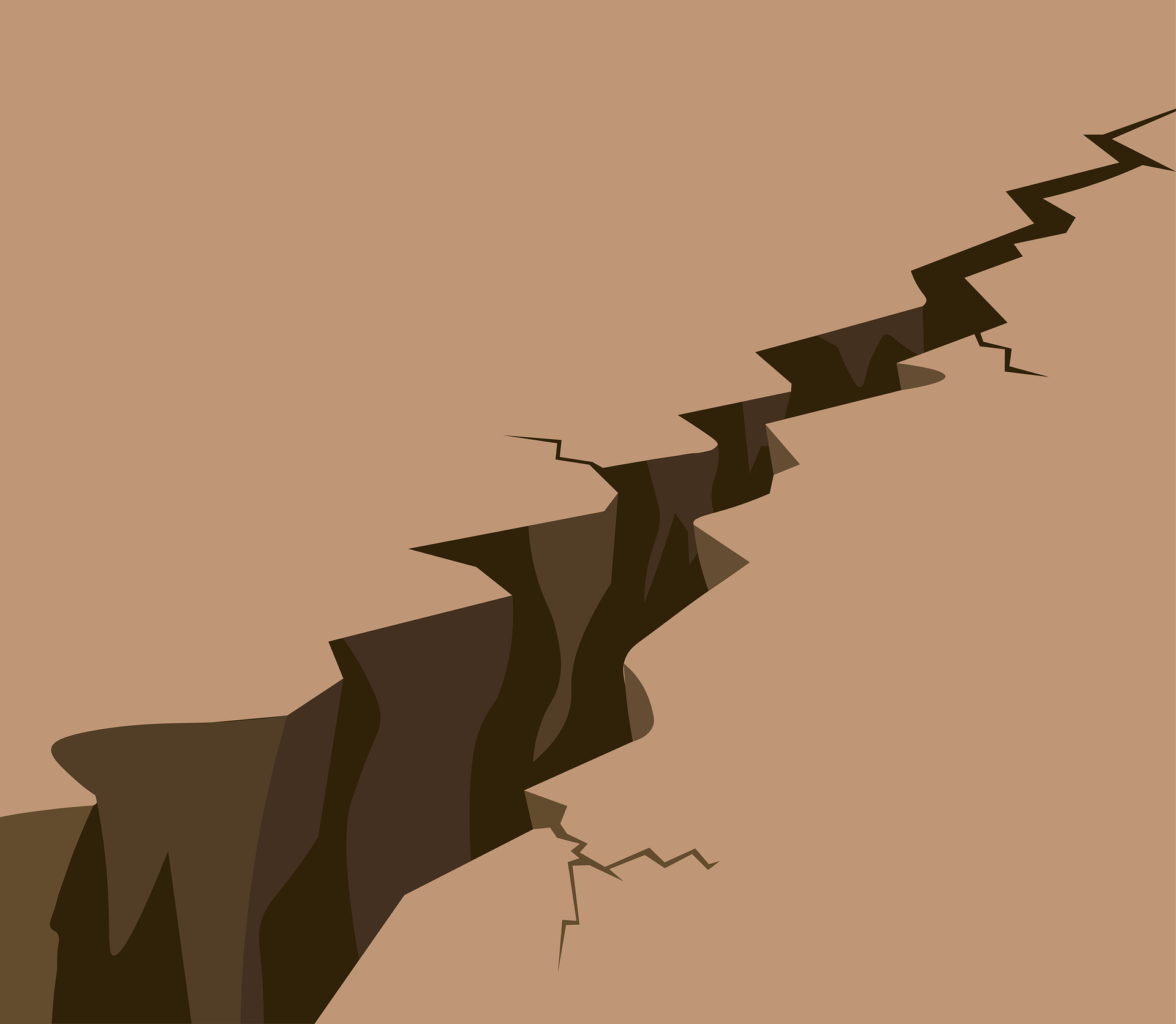The Indus Valley Mystery
How Did the Indus Valley Civilisation End?

Welcome to the Indus Valley
The Indus Valley civilisation has presented archaeologists with many mysteries, since it was rediscovered around 100 years ago.
Using the artefacts and photographs from the Oriental Museum collections, follow this investigation into the Indus Valley civilisation to discover:
WHEN did people live in the Indus Valley?
WHERE was the Indus civilisation?
WHO lived in the Indus Valley?
WHAT was the collapse of the Indus civilisation?
WHY and HOW did the Indus civilisation come to an end?
Use the clues to build your case and decide for yourself what you think happened to the Indus Valley civilisation…
Content Warning: Please be advised that this online exhibition contains images of skeletal human remains.

When was the Indus Valley Civilisation?
The Indus Valley Civilisation was a Bronze Age society that existed at the same time as Ancient Egypt and Mesopotamia.
The peak of the Indus civilisation, which saw the building works and manufacturing mentioned above happened between 2600 and 1900 BCE, after which it began to decline.
Where was the Indus Valley Civilisation?
The Indus Valley Civilisation takes its name from the Indus River because many settlements were built along its banks.

The Indus River flowing through hills and valleys near its source in the Himalayan mountains. Image from the Marshall Archive, Oriental Museum, Durham University.
The Indus River flowing through hills and valleys near its source in the Himalayan mountains. Image from the Marshall Archive, Oriental Museum, Durham University.
Indus sites are found in South Asia, covering parts of modern-day Pakistan and northwest India. About 1500 settlements including towns and cities have so far been discovered.
Harappa and Mohenjo-daro are the two most famous cities and have been studied in depth by archaeologists.
Other major cities include Rakhigarhi, Ganweriwala and Dholavira.
Many of the sites existed along the Indus river and the now extinct Sarasvati river.
At its height, the full extent of the Indus civilisation is estimated to be around 3 million km2, which is bigger than both Ancient Egypt and Ancient Mesopotamia combined.
Now you know all about how the Indus Valley Civilisation developed and flourished. Keep reading to find out what happened next.
Who lived in the Indus Valley?
Use the objects on display in the museum and those shown here to learn more about their way of life.
What was the collapse of the Indus Valley civilisation?
Around 1900 BCE, things in the Indus Valley began to change. Many of the things that had previously been shared across the Indus Valley such as the unified system of weights and measures and planned cities with large populations began to fall out of use.
Early archaeologists like Mortimer Wheeler interpreted this change as a sudden collapse. Archaeologists today think the evidence points towards a more gradual change.
Archaeologists know something happened, but they cannot agree on why or how...
WHY and HOW did the Indus civilisation end?
Look at the evidence and decide what you think happened.


